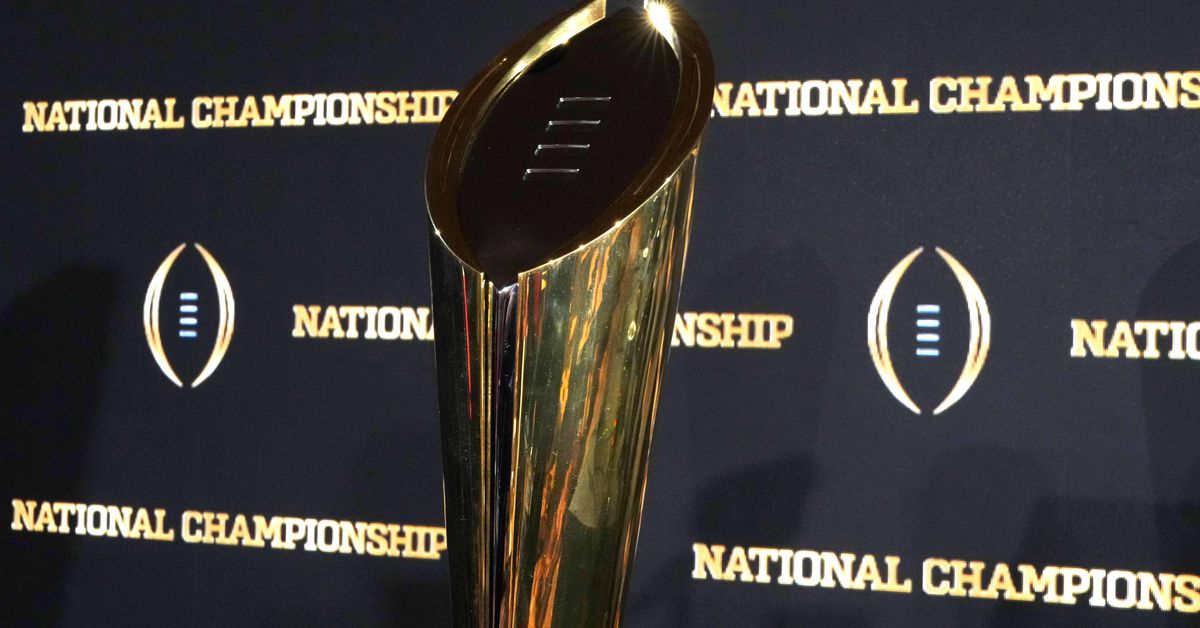
Happy Friday, everyone. The softball team opens super regional play today in Norman.
The No. 15 nationally seeded Crimson Tide will face No. 2 Oklahoma in a best-of-three series with a spot in the Women’s College World Series on the line. It will mark the second meeting between the programs this year, with Alabama taking the April Southeastern Conference series against the Sooners, 2-1, in walk-off style at Rhoads Stadium.
Beating the Sooners on their field is an uphill battle, but they have a puncher’s chance. First game is today at 4pm CT on ESPN2.
Matt Stahl writes that the running back position has something to prove for Alabama in 2025.
Miller is back, but the Tide’s other main RB from 2024, Justice Haynes, transferred to Michigan. Miller will look to make more of a difference in 2025, behind an offensive line that lost Tyler Booker to the NFL Draft and Elijah Pritchett to the transfer portal, but will have continuity elsewhere.
2025 could also be a big season for Richard Young. After sitting down the depth chart for the early years of his Alabama career, he could see significant carries this season.
Besides those two, Daniel Hill and transfer addition Dre Washington will compete for snaps. The entire group will need to step up if Alabama is to return to anywhere near its grand RB tradition.
ESPN SP+ rankings have Alabama 2nd headed into the season.
1. SEC (15.3 overall, 33.1 offense, 17.8 defense, 60.7% average returning production)
Top three teams: No. 2 Alabama, No. 4 Georgia, No. 5 Texas
2. Big Ten (9.5 overall, 29.1 offense, 19.6 defense, 56.7% average returning production)
Top three teams: No. 1 Ohio State, No. 3 Penn State, No. 7 Oregon
Both the SEC and Big Ten boast three of the projected top seven teams, but if we measure conferences by average ratings, the SEC still has a commanding lead due, as always, to the lack of dead weight. Only two of 16 SEC teams are projected lower than 43rd overall, while the Big Ten has six such teams, including three ranked 70th or worse. That helps explain why, despite playing only eight-game conference schedules, SEC teams occupy 13 of the top 15 spots in the strength of schedule rankings.
People will still tell you that the SEC gauntlet is no big deal.
The College Football Playoff will no longer reserve the top 4 seeds for conference champions, offering a bit of sanity to a process that saw Boise State and Arizona State get first round byes last season. There is more change on the docket for the 2026 season, chiefly an expansion to 16 teams. But, how to distribute those bids is causing a kerfluffle.
The format negotiations have ignited discord among leaders of the four power conferences. A fight is brewing.
The group of four commissioners has met twice in the last two weeks over the subject, separately gathering away from other CFP executives. ACC and Big 12 stakeholders have pushed for alternate models that don’t disadvantage their schools, including granting each a third automatic qualifier — a 4-4-3-3-1 concept that reduces the at-large field from three to one — or a 16-team field similar to the current format but with four additional at-large spots.
Those formats received little support from administrative groups in the SEC and Big Ten, according to those with knowledge of the talks. President and athletic director groups in both conferences are in support of the 4-4-2-2-1 model, no matter the public pushback, political pressures and, even, Notre Dame’s resistance to it.
The future format has evolved into a divisive issue that, in many ways, began last spring.
Last February, officials from the SEC and Big Ten threatened to leave the CFP if not granted both significant revenue in a new distribution model (the leagues will now get 58% of the revenue) and authority over any future format.
The ACC and Big 12 each want a guaranteed third seat at the table which is patently absurd if you look at the teams that would have gained entry this past season. It’s quite likely that the SEC could end up with as many as six bids in any given year under the proposal that the they, along with the Big Ten, are essentially shoving down everyone else’s throats.
Also mentioned is the plan by the SEC and Big Ten to change the conference championship weekend, with two play in games pitting the 3 seed vs the 6, and the 4 vs the 5, replacing the conference title game.
Last, the NIL clearinghouse run by Deloitte as outlined in the House settlement would theoretically eliminate most pay for play arrangements, but the excerpt below is why it likely won’t stand up in court.
The NIL clearinghouse won’t preclude athletes like Canady from signing endorsement deals, but it will bring considerably more oversight. The organization will want to know, for instance, how a booster club can get $1 million of value in marketing from a player with a profile like Canady, who has 34,000 followers on Instagram but is hardly a household name.
Colleges’ pot of revenue-sharing money won’t be subject to such scrutiny, meanwhile, as long as schools stay under the $20.5 million limit. So an offensive lineman, anonymous as he may be, could receive $1 million directly from his school. But a star lacrosse player would be hard-pressed to gain approval for a $1 million outside of an NIL deal bankrolled by a wealthy alum.
Some in college sports say nixing such deals risks pushing booster money back under the table—where it was for decades.
The issue that will never be fully resolved is how to distribute the pot of gold that players have fought for their share of. The cold, hard truth is that only two sports generate revenue.
That’s about it for today. Have a great weekend.
Roll Tide.







